Fast food has always been a quick and convenient option, but not all chains are created equal when it comes to your wallet. As inflation continues to impact food prices in 2025, some restaurants are stepping up with genuine value while others are shrinking portions and raising prices.
Before you hit the drive-thru, check out which fast-food spots are giving you the most bang for your buck and which ones are leaving your stomach and wallet empty.
1. Taco Bell’s Value Menu Revolution
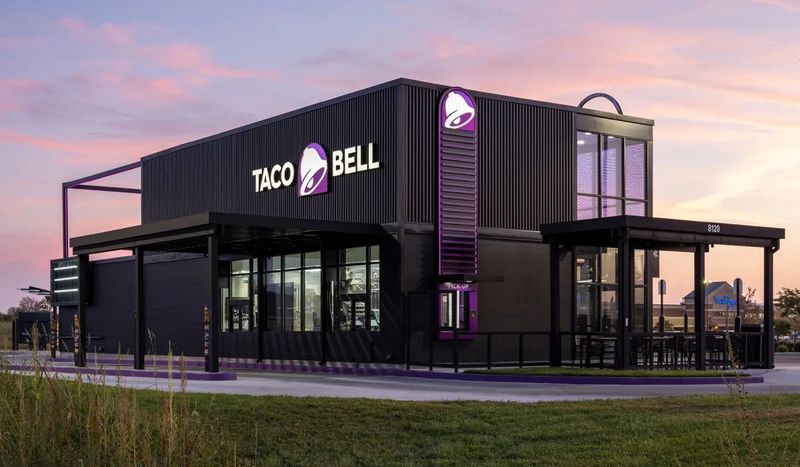
Taco Bell has reinvented its value menu for 2025, bringing back fan favorites under $2. Their new “Cravings Value Menu” features 10 items ranging from $1 to $1.99, perfect for budget-conscious customers.
The chain’s innovative use of ingredients means you can create filling meals without breaking the bank. Their app-exclusive deals offer additional savings through bundle options and reward points that actually accumulate quickly.
Most impressive is their commitment to maintaining portion sizes while competitors shrink theirs. The $5 Cravings Box remains one of fast food’s best deals, offering a drink, main item, side, and dessert for less than most single premium burgers elsewhere.
2. Del Taco’s Fresh Ingredients, Fresh Savings
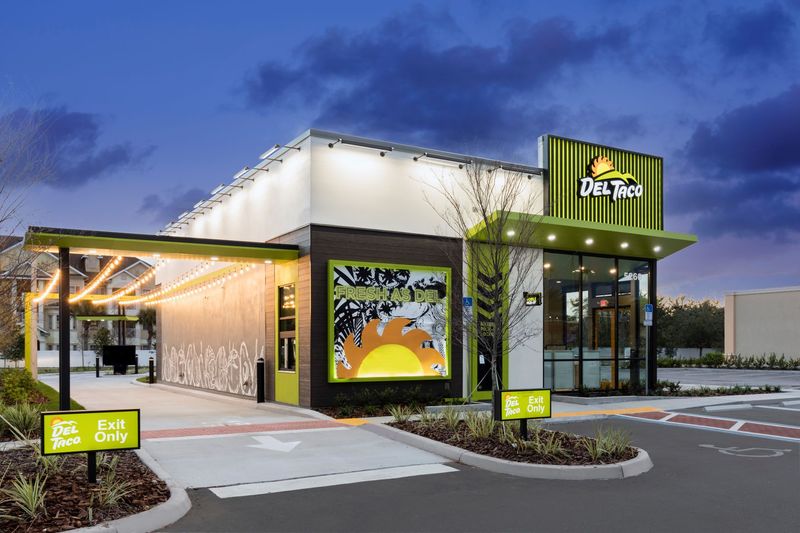
Affordability meets quality at Del Taco in 2025, where freshly prepared ingredients come without the premium price tag. Their “Del’s Dollar Deals Menu” starts at just $1 and features filling, protein-rich options that outshine the skimpy offerings found at many competitors.
To combat inflation, Del Taco leans on its “Del’s Family Night” bundle—a well-rounded meal for four that includes tacos, burritos, and sides, all for under $20. It’s a go-to solution for families looking to stretch their dollar without sacrificing flavor.
Loyalty members enjoy even more savings, with weekly personalized deals that cut 20–30% off regular prices. By sticking to generous portions and fresh ingredients, Del Taco continues to deliver sit-down quality at drive-thru value.
3. White Castle’s Slider Specials Save Big
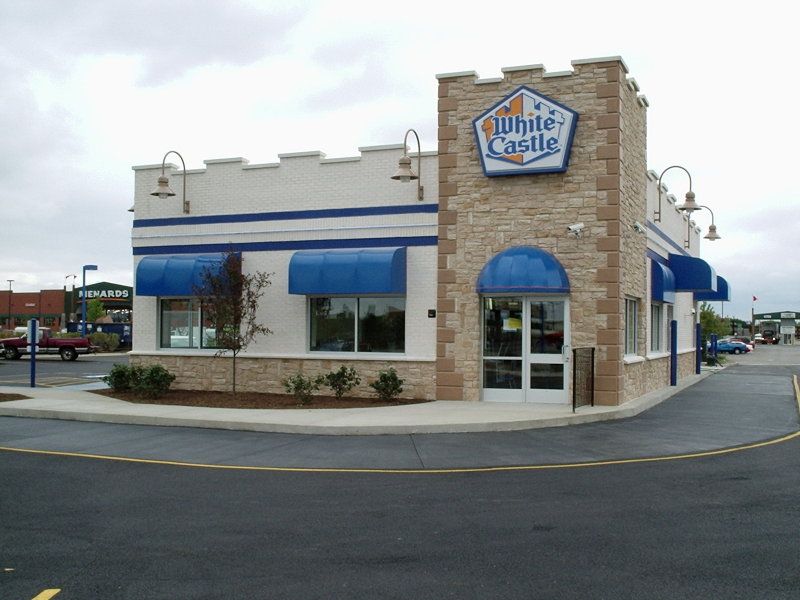
White Castle has embraced affordability in 2025 with their “Castle Pack” deals that let you mix and match sliders at bulk discounts. The iconic restaurant maintains its original small burger concept, allowing customers to order exactly what they can afford without waste.
Their limited-time seasonal specials rotate monthly, offering creative new flavors at the same budget-friendly prices. Value-conscious diners appreciate the transparent pricing structure – no hidden fees or mandatory combo upgrades.
Breakfast items remain available all day, creating more opportunities to snag their morning specials regardless of when hunger strikes. The chain’s mobile app features exclusive digital coupons that stack with existing promotions, sometimes cutting meal costs by half compared to similar fast-food experiences.
4. Sonic Drive-In’s Happy Hour Happiness
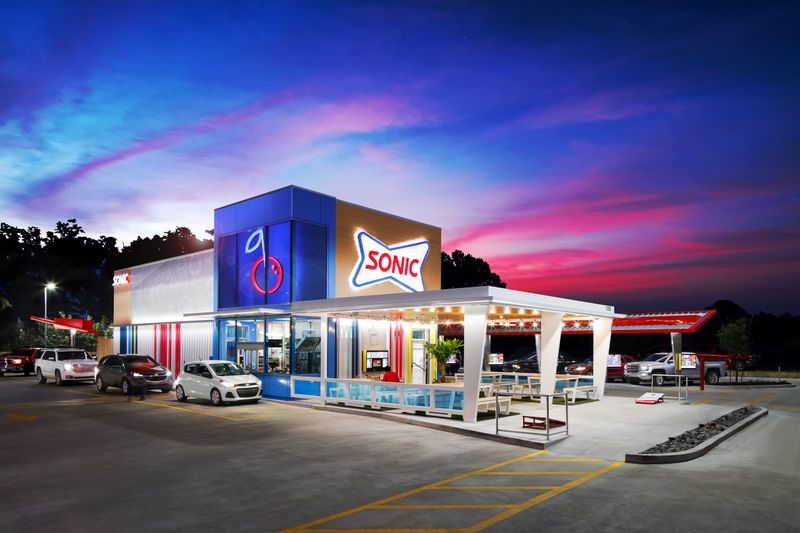
Expanded deals and consistent portions have made Sonic a standout in the fast-food world this year. The chain’s famous Happy Hour now runs daily from 2–4 PM, offering half-price drinks and slushes to help customers beat the afternoon slump without overspending.
Weeknight dinners got a boost too, thanks to “Weeknight Wonders”—family bundles served Monday through Thursday that feed four for under $25. These affordable combos offer a reliable, filling option for busy evenings.
On the app, the “Sonic Savers” section rotates daily specials that undercut menu prices, and when combined with their updated rewards program—offering a free item after five visits—customers can stack savings with ease.
All-day breakfast remains another strong point, allowing fans to grab morning meal deals any time. And while other chains scale back on serving sizes, Sonic continues to deliver generous portions—especially with their loaded tater tots, which can easily stand in for a full meal.
5. Wendy’s 4 for $4 Keeps Getting Better
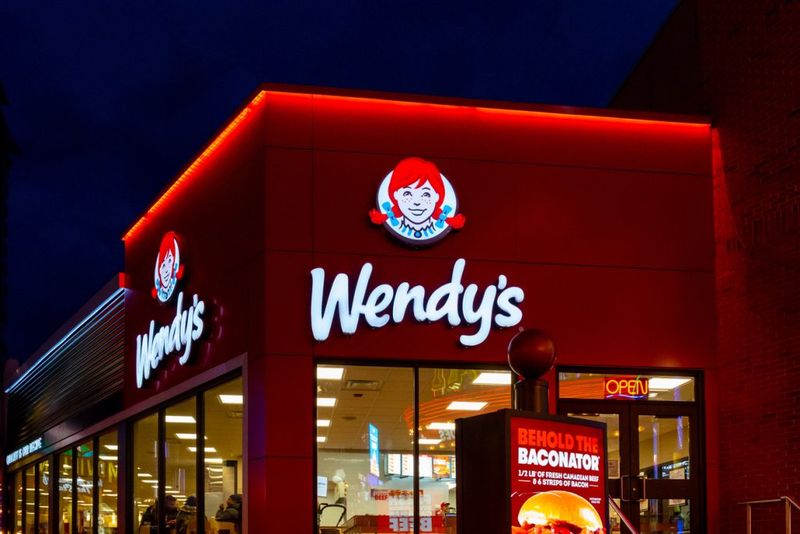
Wendy’s iconic 4 for $4 deal has evolved in 2025 to include more premium options without price increases. The value meal now lets customers substitute any junior sandwich, making it adaptable to different tastes and dietary preferences.
Their digital-first approach rewards app users with exclusive $3 breakfast combos and BOGO offers that appear weekly. The revamped rewards program accelerates point accumulation, with most users earning a free premium sandwich monthly with normal visit frequency.
Wendy’s maintains higher quality standards than similarly-priced competitors, using fresh beef and more generous toppings. Their $5 Biggie Bag represents one of fast food’s best values, including a double stack burger, nuggets, fries and drink – a complete meal for less than some chains charge for just a sandwich.
6. Hardee’s Hearty Meals Without the Hefty Price
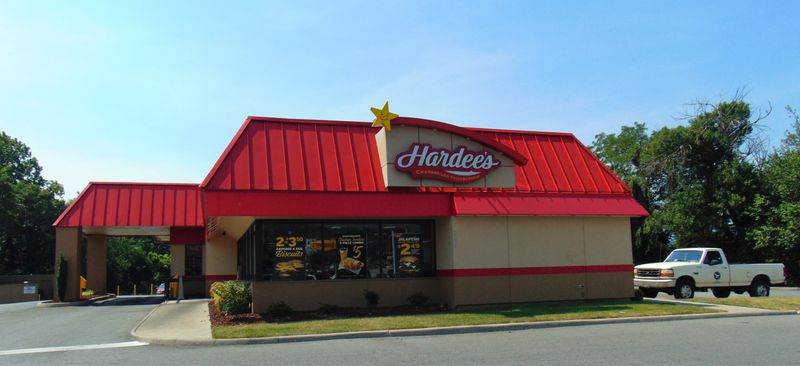
Instead of cutting back like many competitors, Hardee’s is leaning into value this year with its “Fill-Up Boxes”—complete meals starting at just $6. Each one includes a full-sized sandwich, side, and drink, with affordable upgrade options that add flexibility without upping the price too much.
Breakfast seekers get extra time to save thanks to a value menu that runs until noon, longer than most rivals. The Hardee’s app sweetens the deal further with stackable coupons and a simplified rewards program that offers a free sandwich after every fifth visit.
Families benefit most with the “Family Fill-Up” deal, which feeds four for under $25. And while portion sizes are shrinking across the industry, Hardee’s Made From Scratch Biscuits have stayed the same—big, buttery, and a solid reason to swing by for breakfast.
7. Taco John’s Bigger Portions, Better Value
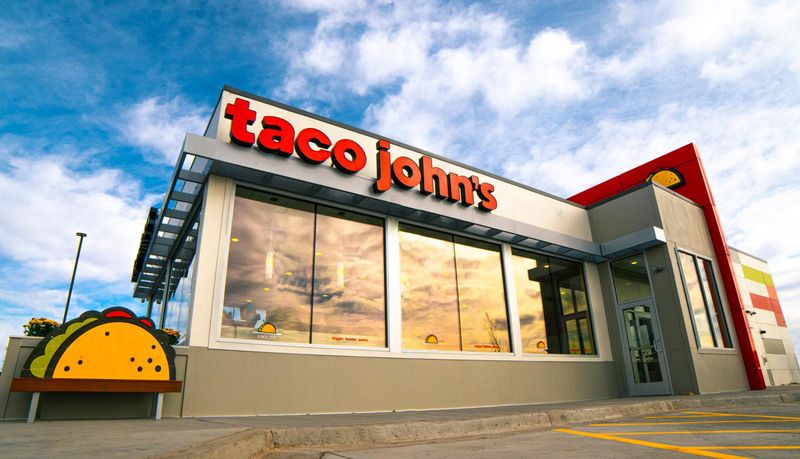
Taco John’s has earned a reputation for generous portions that make their menu items a better value than competitors in 2025. Their “Six-Pack and a Pound” deal remains unmatched – six tacos and a pound of potato olés for under $15, easily feeding multiple people.
Daily specials like “Taco Tuesday” offer significant discounts on core menu items, with crispy tacos available for just $1 each. The loyalty program provides immediate value, with new members receiving a free combo meal upon signup and frequent surprise offers.
Breakfast options extend until noon with combo prices that undercut similar chains by nearly 30%. Their commitment to substantial portion sizes means value-seekers often choose Taco John’s over more famous Mexican fast-food chains that have gradually reduced quantities while raising prices.
8. Whataburger’s App-Based Savings Surprise
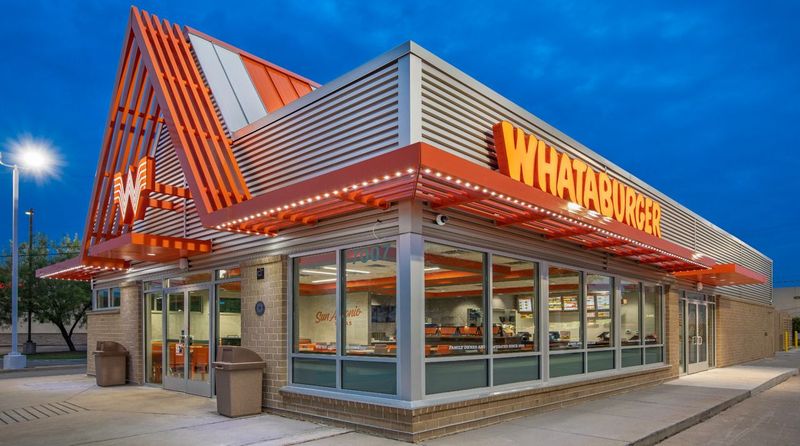
Affordability at Whataburger looks a lot smarter this year, thanks to a revamped mobile app that rewards regular users with personalized offers based on their ordering habits—often slashing 25–40% off meals through targeted deals.
The “Whatavalue” menu keeps pricing in check on fan favorites, even as other chains raise costs. A standout feature is “Build Your Own Bundle,” giving customers the freedom to mix and match meals instead of sticking to pre-set combos.
Feeding a crowd? Family packs offer serious savings with tiered options for 5, 8, or 10 people at increasing discounts. Despite rising costs industry-wide, Whataburger holds firm on quality—serving up generous portions and premium ingredients while leaning into digital-only specials and time-based incentives to deliver real value.
Of course, there were also a few major letdowns.
1. McDonald’s Shrinking Portions, Growing Prices

McDonald’s has steadily reduced portion sizes while raising prices throughout 2025, making their once-reliable value menu a shadow of its former self. Their famous fries now contain approximately 15% fewer potatoes than previous years, with noticeably less filling in signature sandwiches.
The Dollar Menu has been replaced by the “$1 $2 $3 Menu” with most popular items clustering at the higher price points. App deals have become increasingly restrictive, requiring minimum purchases or limited to inconvenient hours.
Their rewards program was restructured to require more points for redemptions, effectively decreasing the return value by almost 40%. While McDonald’s remains convenient, the combination of smaller portions and higher prices places it firmly in the “not worth it” category for truly budget-conscious consumers in 2025.
2. Chili’s Fast-Casual Experiment Falls Flat
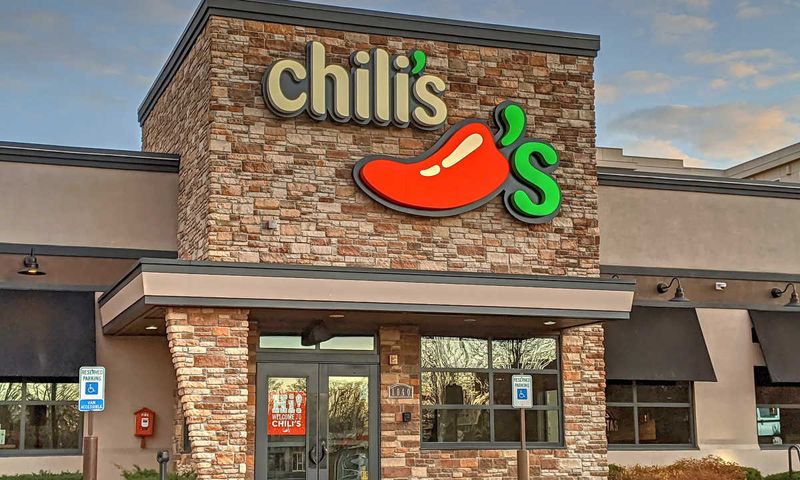
What was marketed as a bold move into fast-casual dining has turned into a letdown for Chili’s in 2025. Despite promising speed and value, their limited menu comes at a 15–20% premium compared to traditional fast-food competitors—without the quality to back it up.
The “Quick Lunch Combos,” heavily advertised, ring in at $12–15 on average—well above the cost of similar meals elsewhere, and with little noticeable improvement in taste or ingredients. Compounding the issue, their mobile ordering system is plagued by glitches and delays, often turning a quick lunch into a long wait.
Value takes another hit with noticeably smaller portion sizes, especially for sides like fries and chips, which have been quietly reduced to nearly half their former serving. Meanwhile, the loyalty program demands significant spending before any real rewards are unlocked, making Chili’s fast-casual pivot a tough sell for diners watching their budgets.
3. Popeyes’ Premium Pricing Problem
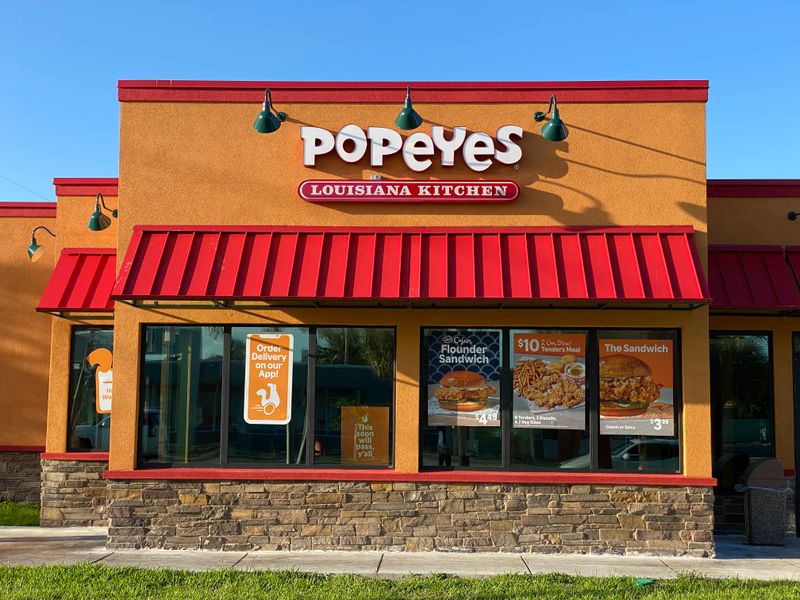
Popeyes has positioned itself as a premium fast-food option in 2025, but their price increases have outpaced quality improvements. Their famous chicken sandwich now costs nearly $8 as a standalone item – a 60% increase from its introduction price without corresponding size or quality enhancements.
Combo meals routinely exceed $15, approaching casual dining prices without the service or atmosphere. Family meals offer minimal bulk discounts, often costing more than purchasing items individually during app promotions.
Limited-time offerings feature exciting flavors but at increasingly experimental price points that test consumer tolerance. The rewards program requires substantial spending to earn modest returns, with most redemption options providing less than 5% value back. While the chicken remains delicious, the value proposition has deteriorated significantly as Popeyes continues raising prices faster than competitors.
4. Carl’s Jr.’s Confusing Value Strategy
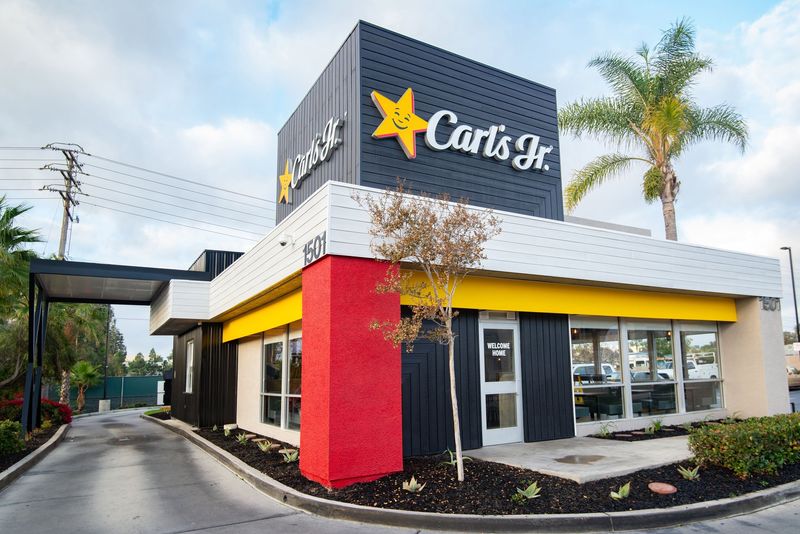
What looks like a deal at Carl’s Jr. in 2025 often comes with strings attached. Their widely promoted “$5 Boxes” appear budget-friendly at first glance, but require add-ons like drink purchases or app use to unlock—details buried in fine print that leave many customers spending more than expected.
Base menu pricing has climbed sharply, with standard burgers now 25–30% more expensive than similar items at rival chains. The loyalty program, once a highlight, has been restructured to require double the spend for comparable rewards, weakening its appeal.
At the same time, portion sizes—especially for sides—have been noticeably reduced, while à la carte items carry inflated price tags. Combo meals no longer offer the value they once did, and the brand’s higher price point isn’t matched by meaningful quality upgrades. For budget-conscious diners, Carl’s Jr. has become a costly option that fails to justify its premium positioning.
5. Arby’s Appetite for Profit Over Value
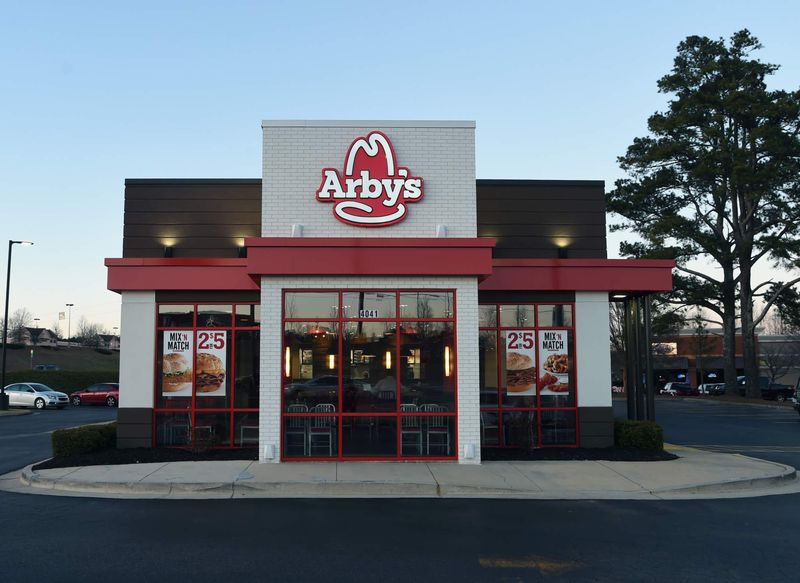
Arby’s has prioritized profit margins over customer value in 2025, resulting in some of fast food’s worst price-to-portion ratios. Their signature roast beef sandwiches contain noticeably less meat than previous years while prices have increased by approximately 20%.
The “2 for $6” deals have been replaced with “2 for $10” promotions featuring smaller-sized options than the original promotion. Side portions have shrunk significantly, with curly fries served in containers that appear full but contain fewer actual fries due to redesigned packaging.
Digital coupons offer minimal discounts that barely offset recent price increases. The new tiered menu structure pushes customers toward premium options without delivering corresponding value improvements. While Arby’s quality remains consistent, their aggressive pricing strategy makes them one of 2025’s least economical fast-food options.
Leave a comment